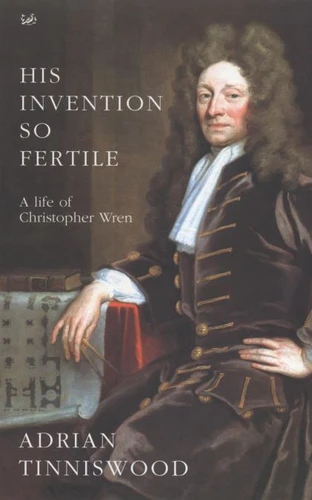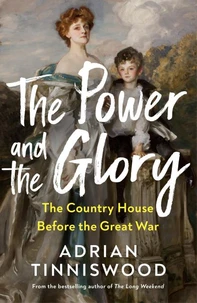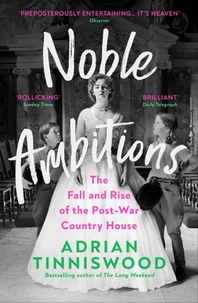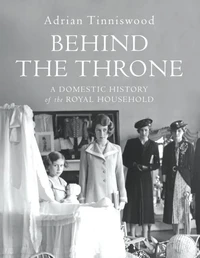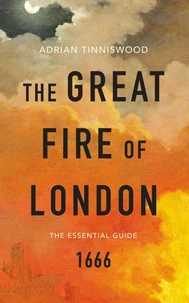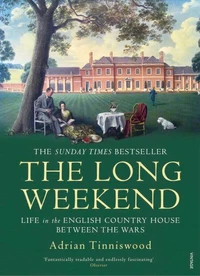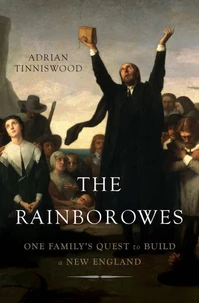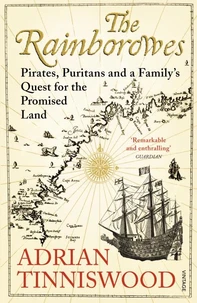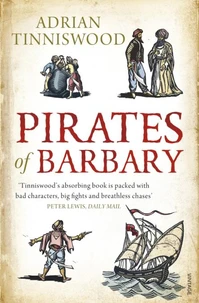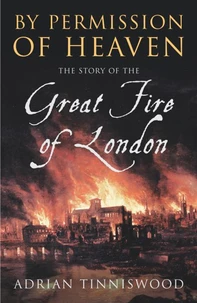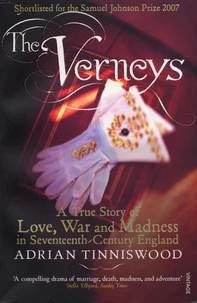His Invention So Fertile
Par :Formats :
Disponible dans votre compte client Decitre ou Furet du Nord dès validation de votre commande. Le format ePub protégé est :
- Compatible avec une lecture sur My Vivlio (smartphone, tablette, ordinateur)
- Compatible avec une lecture sur liseuses Vivlio
- Pour les liseuses autres que Vivlio, vous devez utiliser le logiciel Adobe Digital Edition. Non compatible avec la lecture sur les liseuses Kindle, Remarkable et Sony
- Non compatible avec un achat hors France métropolitaine
 , qui est-ce ?
, qui est-ce ?Notre partenaire de plateforme de lecture numérique où vous retrouverez l'ensemble de vos ebooks gratuitement
Pour en savoir plus sur nos ebooks, consultez notre aide en ligne ici
- Nombre de pages512
- FormatePub
- ISBN978-1-4464-0247-4
- EAN9781446402474
- Date de parution15/12/2010
- Protection num.Adobe DRM
- Infos supplémentairesepub
- ÉditeurVintage Digital
Résumé
Christopher Wren (1632-1723) was the greatest architect Britain has ever known. But he was more than that. A founder of the Royal Society, he mapped the moon and the stars, investigated the problem of longitude and the rings of Saturn, and carried out groundbreaking experiments into the circulation of the blood. His observations on comets, meteorology and muscular action made vital contributions to the developing ideas of Newton, Halley and Boyle.
His Invention So Fertile presents the first complete picture of this towering genius: the Surveyor-General of the King's Works, running the nation's biggest architectural office and wrestling with corruption and interference; the pioneering anatomist; the mathematician, devising new navigational instruments and lecturing on planetary motion. It also shows us the man behind the legend. Wren was married and widowed twice, he fathered a mentally handicapped child, quarrelled with his colleagues and fell foul of his employers.
He scrambled over building sites and went to the theatre and drank in coffee-houses. The book explores what it was like to be at Oxford during the Commonwealth, as a generation struggled to make sense of a society in chaos; it recreates the tensions which tore apart the court of James II; it brings to life the petty jealousies that formed an integral part of both the building world and scientific milieu of the Royal Society.
Above all, His Invention So Fertile makes clear to the general reader and the art historian just why Wren remains a cultural icon - both a creation and a creator of the world he lived in.
His Invention So Fertile presents the first complete picture of this towering genius: the Surveyor-General of the King's Works, running the nation's biggest architectural office and wrestling with corruption and interference; the pioneering anatomist; the mathematician, devising new navigational instruments and lecturing on planetary motion. It also shows us the man behind the legend. Wren was married and widowed twice, he fathered a mentally handicapped child, quarrelled with his colleagues and fell foul of his employers.
He scrambled over building sites and went to the theatre and drank in coffee-houses. The book explores what it was like to be at Oxford during the Commonwealth, as a generation struggled to make sense of a society in chaos; it recreates the tensions which tore apart the court of James II; it brings to life the petty jealousies that formed an integral part of both the building world and scientific milieu of the Royal Society.
Above all, His Invention So Fertile makes clear to the general reader and the art historian just why Wren remains a cultural icon - both a creation and a creator of the world he lived in.
Christopher Wren (1632-1723) was the greatest architect Britain has ever known. But he was more than that. A founder of the Royal Society, he mapped the moon and the stars, investigated the problem of longitude and the rings of Saturn, and carried out groundbreaking experiments into the circulation of the blood. His observations on comets, meteorology and muscular action made vital contributions to the developing ideas of Newton, Halley and Boyle.
His Invention So Fertile presents the first complete picture of this towering genius: the Surveyor-General of the King's Works, running the nation's biggest architectural office and wrestling with corruption and interference; the pioneering anatomist; the mathematician, devising new navigational instruments and lecturing on planetary motion. It also shows us the man behind the legend. Wren was married and widowed twice, he fathered a mentally handicapped child, quarrelled with his colleagues and fell foul of his employers.
He scrambled over building sites and went to the theatre and drank in coffee-houses. The book explores what it was like to be at Oxford during the Commonwealth, as a generation struggled to make sense of a society in chaos; it recreates the tensions which tore apart the court of James II; it brings to life the petty jealousies that formed an integral part of both the building world and scientific milieu of the Royal Society.
Above all, His Invention So Fertile makes clear to the general reader and the art historian just why Wren remains a cultural icon - both a creation and a creator of the world he lived in.
His Invention So Fertile presents the first complete picture of this towering genius: the Surveyor-General of the King's Works, running the nation's biggest architectural office and wrestling with corruption and interference; the pioneering anatomist; the mathematician, devising new navigational instruments and lecturing on planetary motion. It also shows us the man behind the legend. Wren was married and widowed twice, he fathered a mentally handicapped child, quarrelled with his colleagues and fell foul of his employers.
He scrambled over building sites and went to the theatre and drank in coffee-houses. The book explores what it was like to be at Oxford during the Commonwealth, as a generation struggled to make sense of a society in chaos; it recreates the tensions which tore apart the court of James II; it brings to life the petty jealousies that formed an integral part of both the building world and scientific milieu of the Royal Society.
Above all, His Invention So Fertile makes clear to the general reader and the art historian just why Wren remains a cultural icon - both a creation and a creator of the world he lived in.

